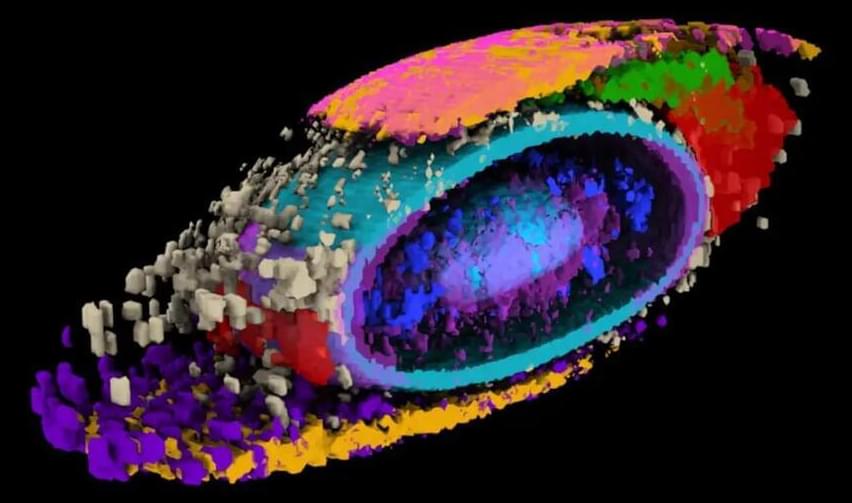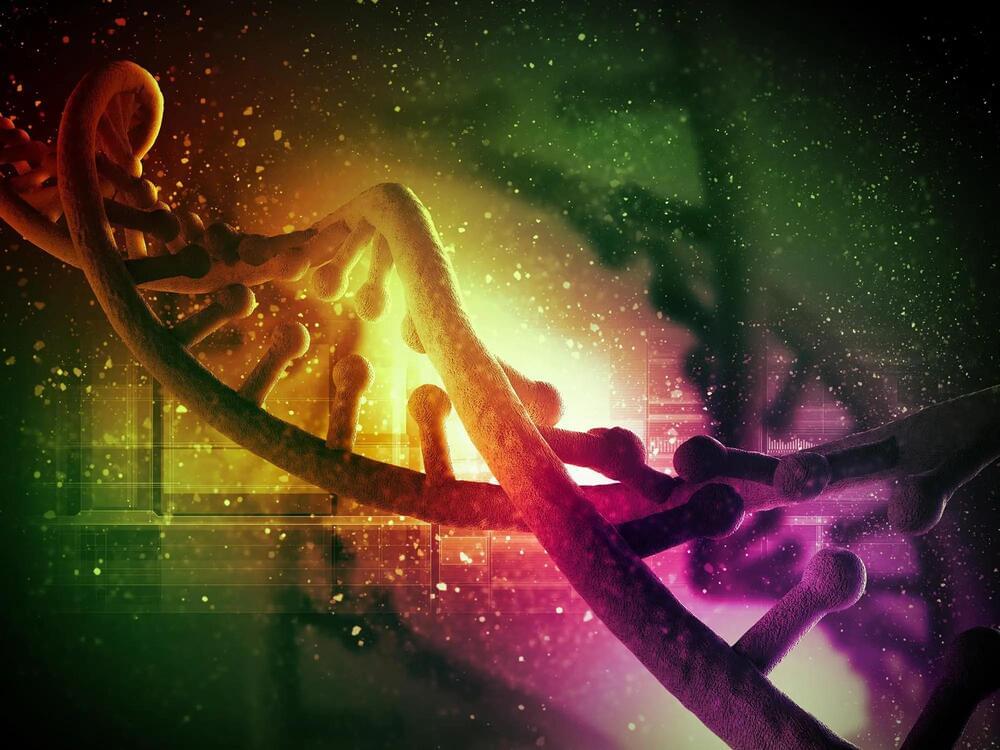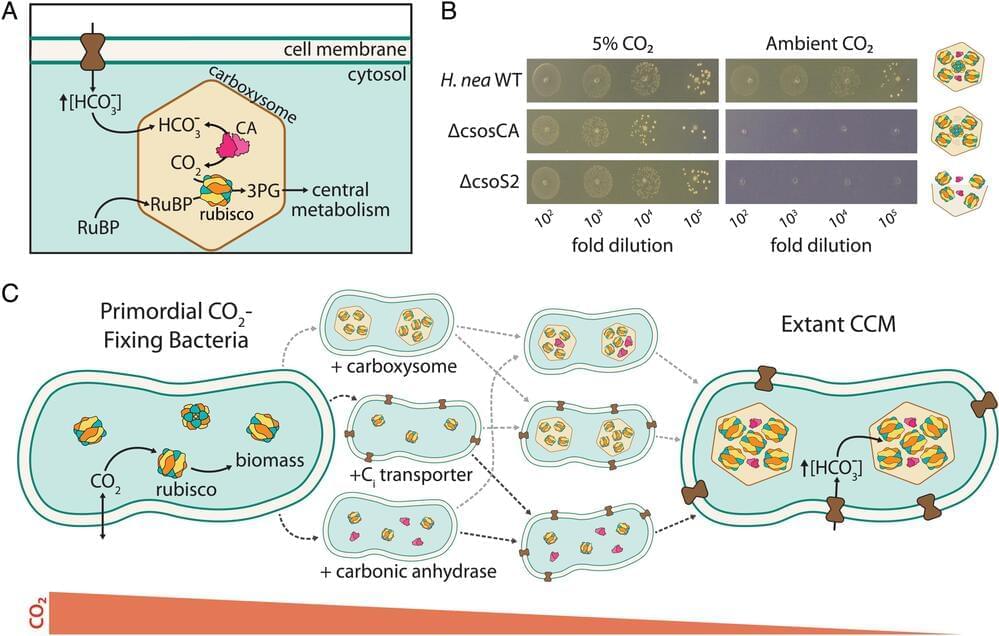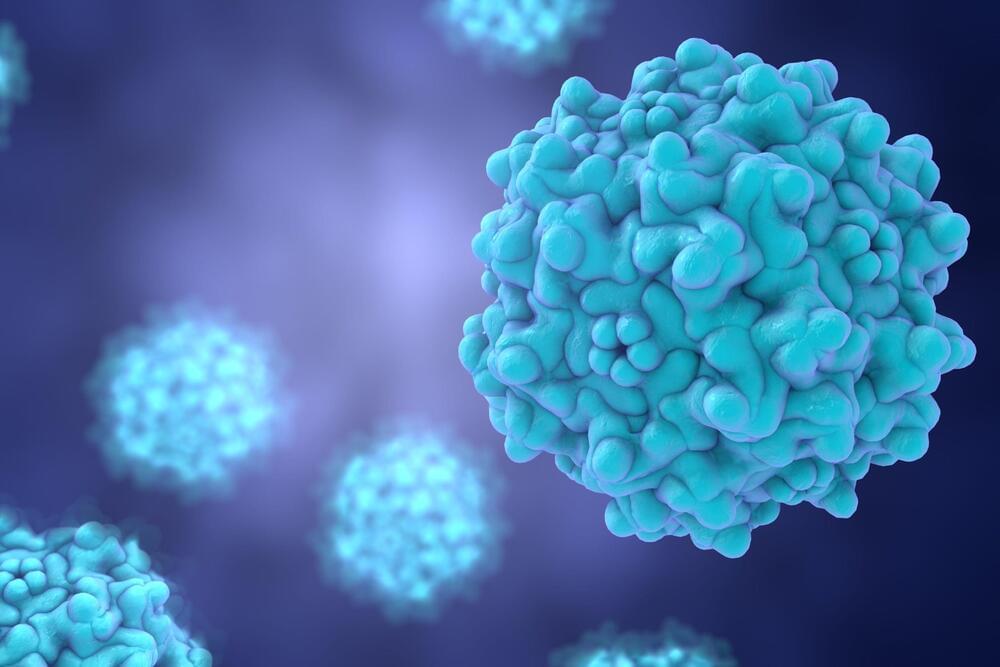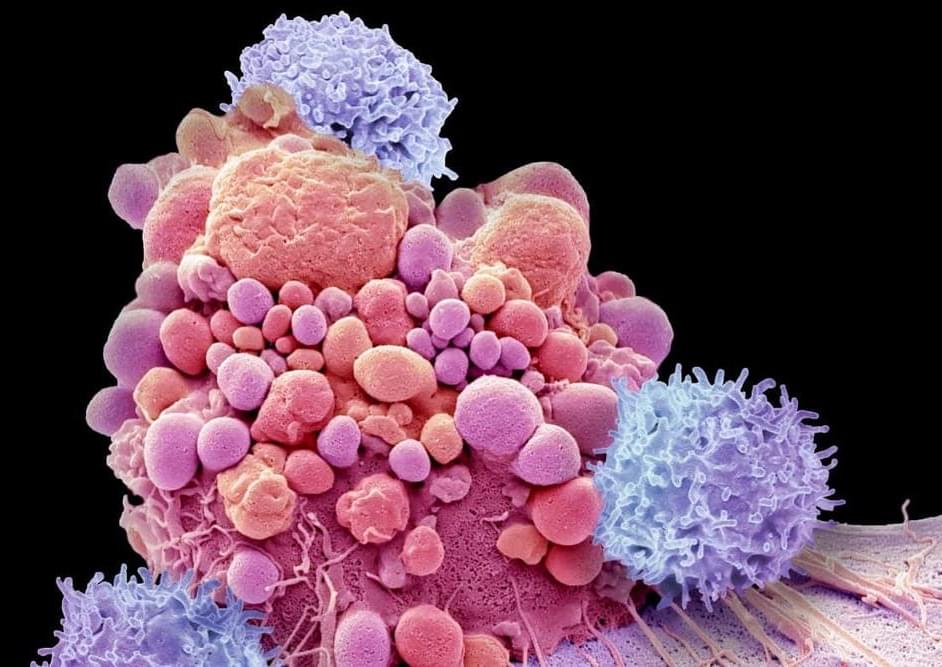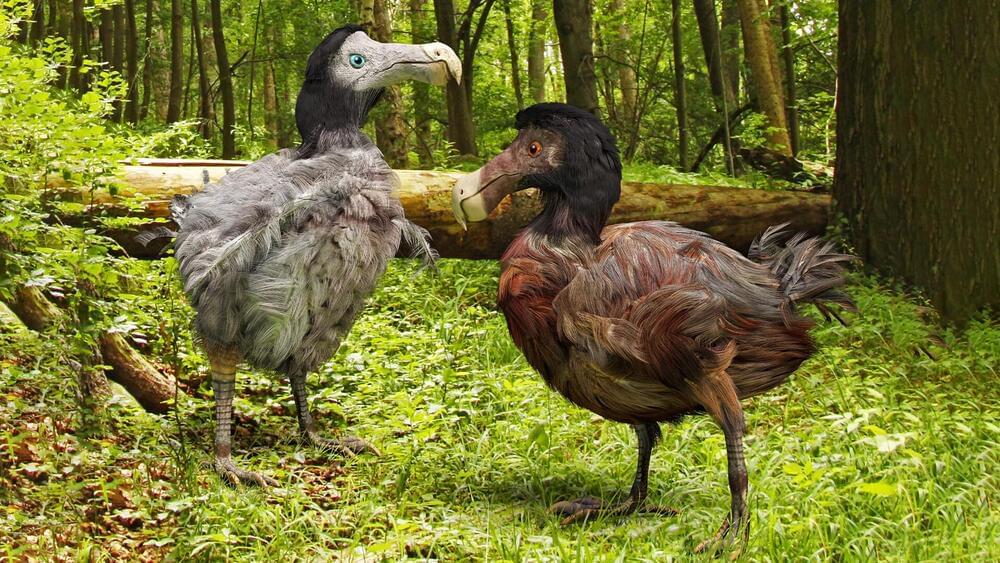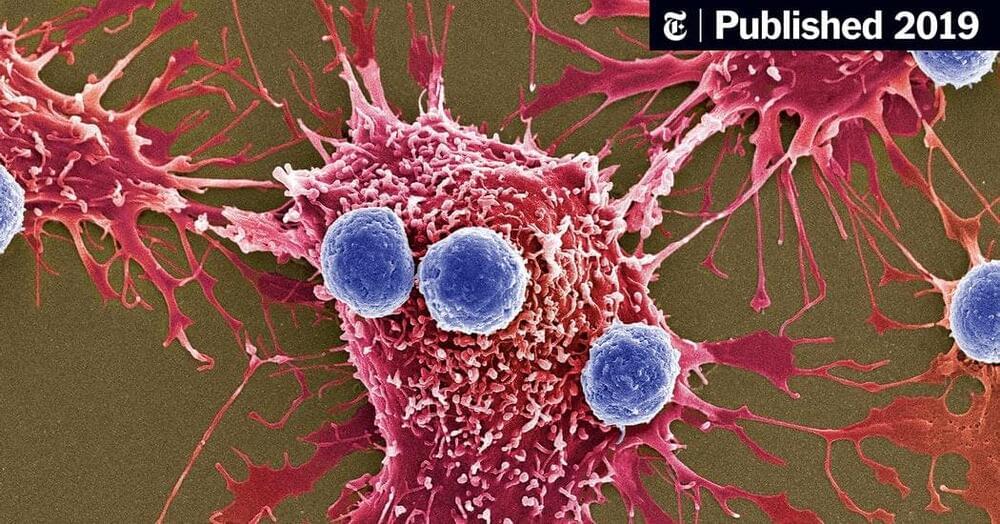My recently published perspective paper has been featured by GEN Genetic Engineering & Biotechnology News!
#biotechnology #genetherapy #syntheticbiology
Synthetic biology has the potential to upend existing paradigms of adeno-associated virus (AAV) production, helping to reduce the high costs of gene therapy and thus make it more accessible, according to a recent paper.
AAVs are an important vector for gene therapy, but AAV manufacturing is complex and expensive. Furthermore, first author Logan Thrasher Collins, a PhD candidate at Washington University in Saint Louis, tells GEN. “Many current industry approaches to enhancing AAV yields involve incremental process optimization. Synthetic biology has the potential to offer more radical improvements, yet is relatively underappreciated in the context of AAV production.”
Large-scale production poses challenges not typically found during preclinical stages, such as batch-to-batch variations in plasmid yield and purity, and poor yields from producer cells, the research team notes. Likewise, downstream processing challenges also are present, such as AAV aggregation, chemical lysis, and filtration complications. The rational approach to AAV design offered by synthetic biology, however, enables scientists to programmably design systems that assemble complex macromolecular structures and to avoid—or at least minimize—many of those challenges.
